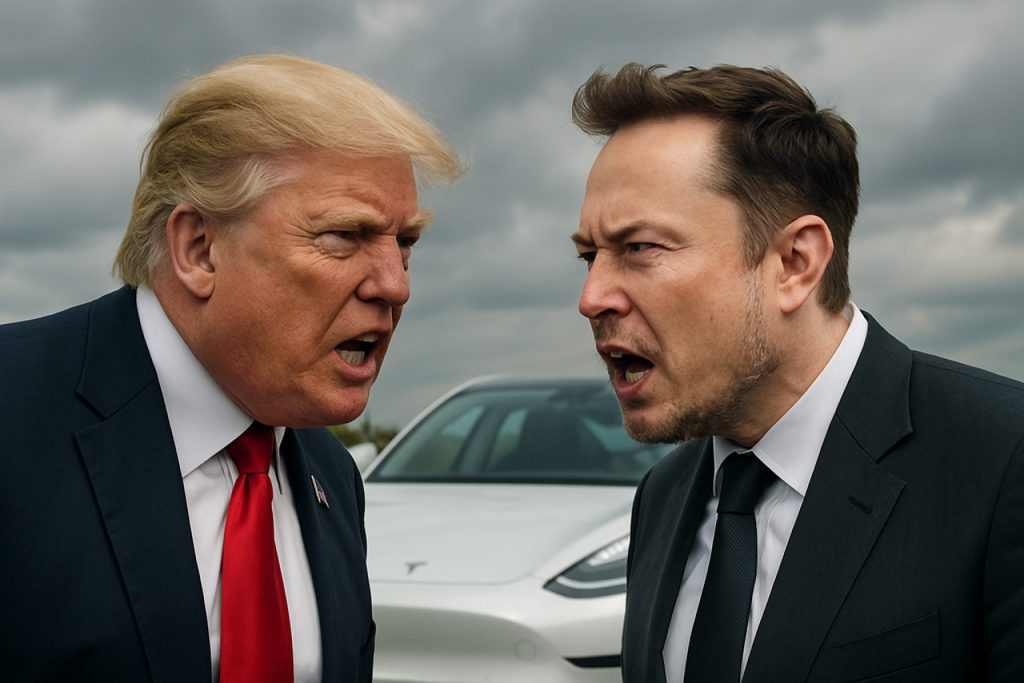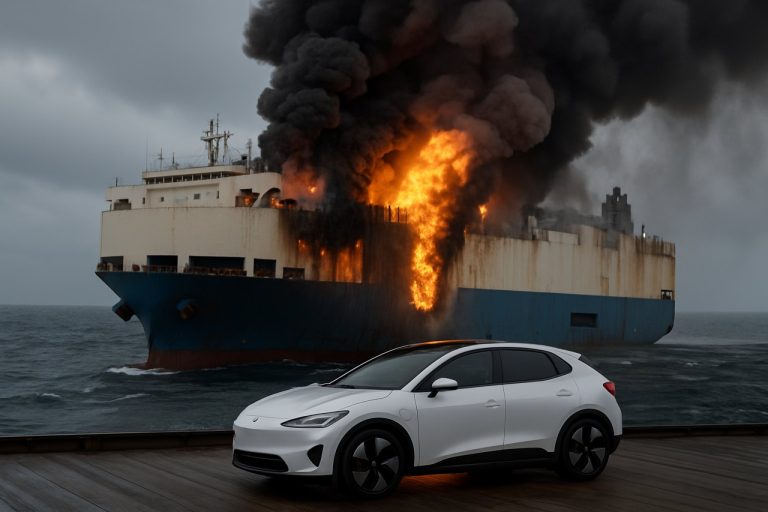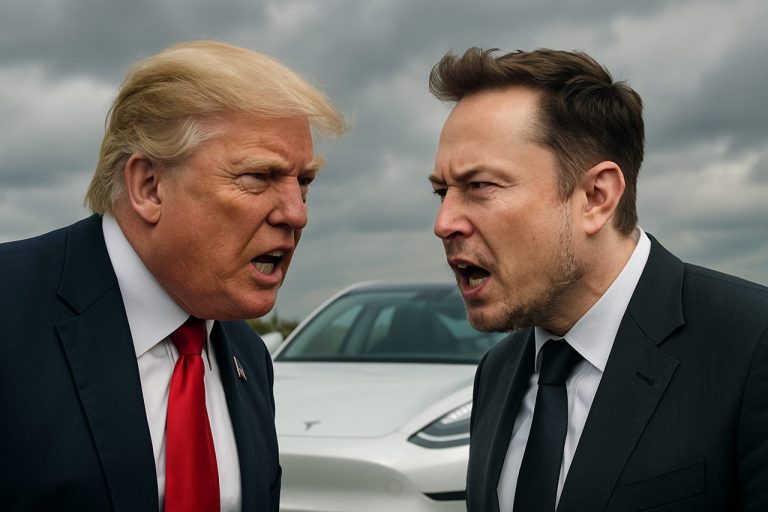
Inside the Trump-Musk Feud: Why Their Split Could Change Everything for Electric Cars in 2025
The highly public clash between Donald Trump and Elon Musk could turbocharge or stall the electric vehicle industry. Here’s what’s next.
- 33% of Tesla’s U.S. car sales come from California
- $7,500 federal tax credit for EV buyers at risk
- 2035: California’s deadline to halt new fossil fuel car sales
- May 2025: Date when feud erupted and changes began
The public fallout between President Donald Trump and Tesla CEO Elon Musk sent shockwaves across the country—threatening not just a high-profile friendship but the future of electric vehicles (EVs) in America.
What Sparked the Trump-Musk Feud?
Trump once lauded Musk, famously appointing him to the Department of Government Efficiency (DOGE). But in May 2025, the alliance came to a screeching halt. Musk abruptly stepped back from his role, then criticized Trump’s signature “Big Beautiful Bill”—hinting the split was anything but friendly.
The drama reached new heights when Musk accused Trump of hiding the infamous Epstein files, suggesting the President’s name might surface in the documents. Social media erupted with speculation, transforming the Trump-Musk breakup into a cultural flashpoint.
Why Is the ‘EV Mandate’ So Controversial?
At the core of the feud is the so-called “EV Mandate.” While not a government order, it’s a goal launched under the Biden administration: rapidly increase the number of electric vehicles on U.S. roads and phase out gas-guzzlers.
Trump made headlines by vowing to reverse course, axing key incentives like the federal $7,500 EV tax credit. That decision threatens the business models of automakers like Tesla and slows the U.S. pivot toward electrification.
For deeper context on electric car policies, visit the official website of The U.S. Department of Energy and to see the current administration’s stance, visit The White House.
How Does California Fit In?
California remains the electric vehicle juggernaut of America, accounting for a staggering third of Tesla’s U.S. sales. The state isn’t backing down. Despite the White House pivot, California maintains its own ambitious plan: All new vehicles sold must be electric or hybrid by 2035—a move closely watched worldwide.
Meanwhile, other states eye California’s roadmap, potentially joining the high-stakes EV race regardless of federal reversals.
What’s at Risk for Tesla and the EV Market?
Tesla faces a crucial crossroads. If Trump’s rollbacks stick, the market for affordable electric cars could shrink—especially with government purchase incentives in jeopardy. Wall Street analysts predict higher prices and lower demand unless new state or federal measures step in.
At the same time, Musk’s standoff with Washington raises questions about Tesla’s non-automotive holdings, like potential SpaceX launch restrictions in California.
Q&A: What’s Next for Drivers and Investors?
Q: Will drivers still get tax credits for new EVs?
A: If Trump’s policy changes survive legal challenges, federal tax credits might vanish, leaving only state incentives. California’s credits, for example, may grow even more valuable for buyers.
Q: Is this the end of the road for EV growth?
A: Not yet. While a federal slow-down is possible, booming global demand and tough state standards could keep the industry charging ahead.
Q: How can prospective car buyers adapt?
A: Monitor state incentives on official sources like CA.gov and check in with trusted auto news at CNBC for updates.
How to Stay Ahead in the 2025 EV Shakeup
– Keep tabs on new legislation at the federal and state level
– Consider electric vehicle purchases before incentives expire
– Compare state-specific EV perks
– Watch how automakers—especially Tesla—adapt to changing political winds
Don’t let politics put the brakes on your EV plans—stay informed, adapt fast, and drive the future:
EV Survival Checklist
- ✔ Check current and upcoming EV tax credits
- ✔ Follow Tesla and state government news
- ✔ Get regular updates from trusted news like USA Today
- ✔ Consider pre-2035 deadlines for buying new vehicles
Stay charged and ready—2025’s EV battles are just beginning.



